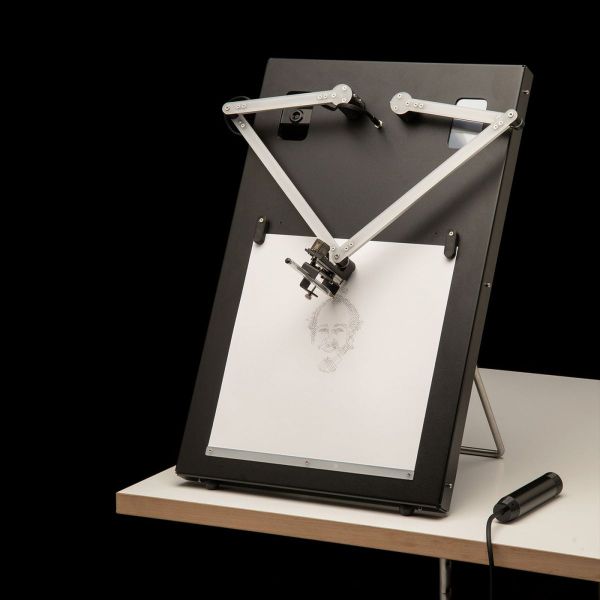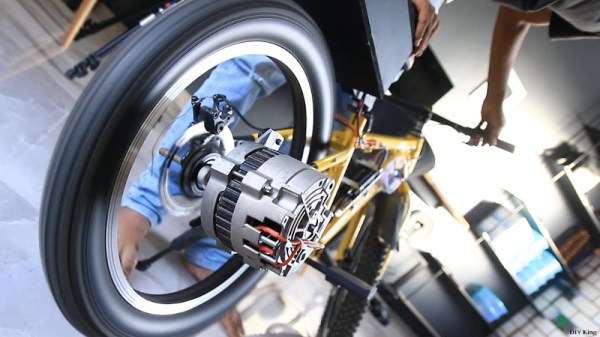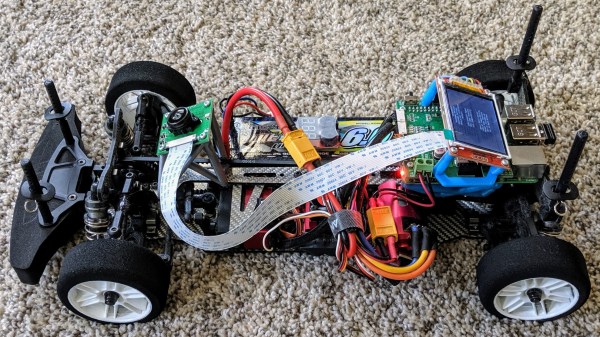To say that the ocean is a dynamic environment would be a gross understatement, especially when coastlines are involved. Waves crash, tides go in and out, and countless variables make even the usual conditions a guessing game. When [foobarbecue] goes surfing, he tries to take into account all of these things. The best waves at his local beach are directly over an ever-moving sand bar, and their dynamics are affected by depth, another constant variable. [foobarbecue]’s brilliant solution to understanding current conditions? Build a depth finder directly into his surf board!
At the heart of the “surfsonar” is the Ping Sonar Echosounder, a sonar transducer designed for AUV’s and ROV’s. [foobarbecue] embedded the transducer directly into the board. Data is fed to a Raspberry Pi 4b, which displays depth and confidence (a percentage of how sure it is of the measurement) on a 2.13 inch e-Paper Display Hat.
Power is provided by a PiSugar. Charging is done wirelessly, which we’d say is pretty important considering that the whole device is sealed inside a modified surfboard.
While it’s not a low budget build, and there’s yet room for improvement, early reports are positive. Once away from the breaking waves, the device confidently shows the depth. More testing will show if the surfsonar will help [foobarbecue] find that ever-moving sandbar!
Surf hacks are always welcome, we’ve featured the LED Strip Lit Surfboard as well as the Surf Window, which tells its owner if the surf is up. Be sure to let us know about any cool hacks you find when you’re out surfing the ‘net via our Tips Line!






















